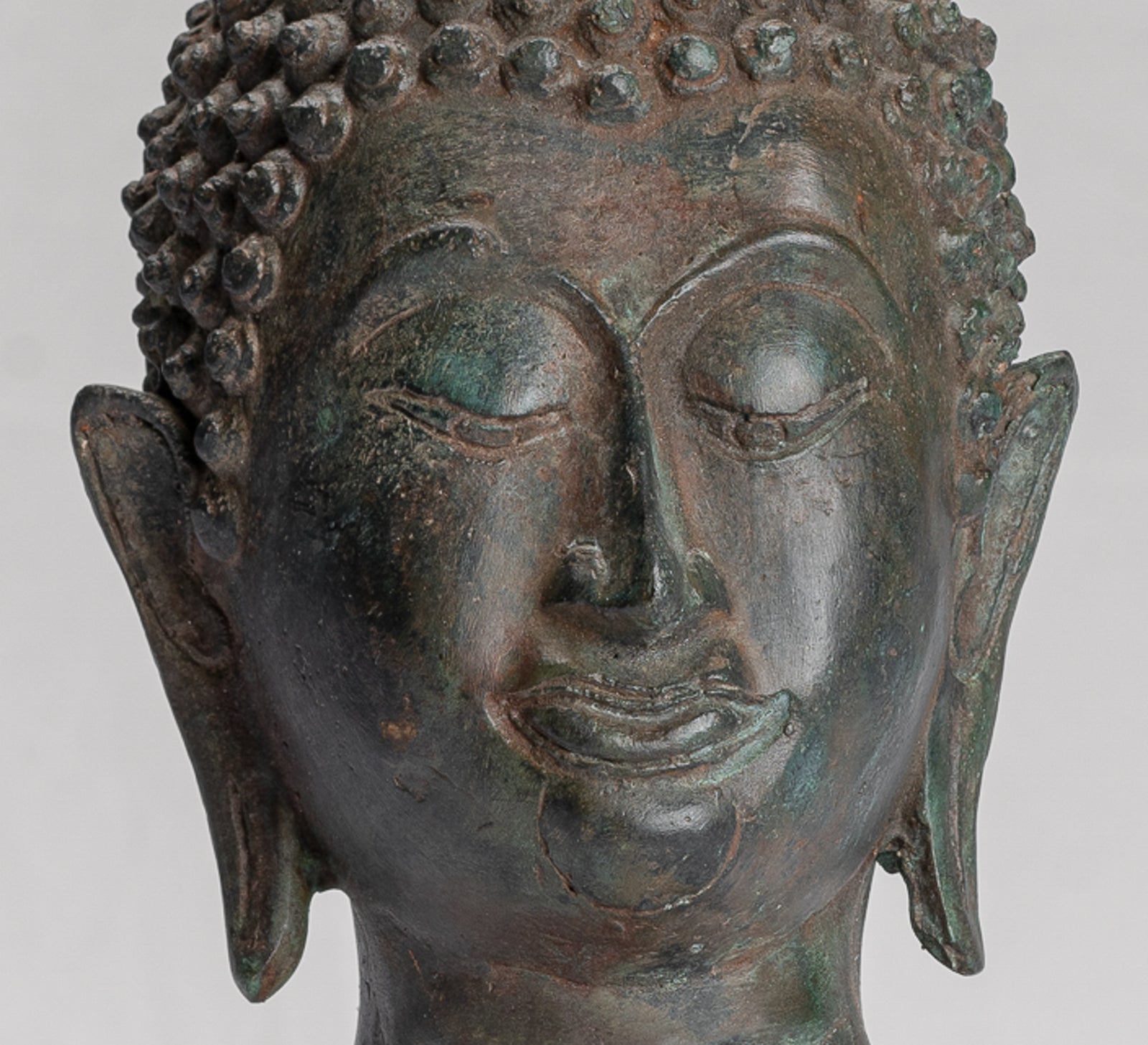
Do Buddhists Pray? Exploring Prayer in the Buddhist Tradition
Prayer is a common practice in many religious traditions, often viewed as a way to communicate with a higher power. In Buddhism, the concept of prayer differs significantly from that of theistic religions.
While Buddhists do engage in practices that resemble prayer, these acts are not directed toward a creator god or deity in the traditional sense. Instead, they serve other spiritual purposes, such as cultivating mindfulness, expressing gratitude, and seeking guidance.
This blog post explores whether Buddhists pray, what Buddhist prayer entails, and its role in the spiritual path.
The Nature of Buddhist Prayer
Buddhist prayer is not a plea to a divine being for intervention or favors. Instead, it is a contemplative practice aimed at:
-
Generating Positive Qualities:
-
Prayer helps cultivate qualities like compassion, wisdom, and loving-kindness.
-
-
Setting Intentions:
-
It often involves setting intentions for oneself or others, such as wishing for the well-being of all beings.
-
-
Seeking Inspiration:
-
Practitioners may look to enlightened beings, such as the Buddha or Bodhisattvas, for inspiration and guidance on the path to liberation.
-
Common Forms of Buddhist Prayer
Buddhists engage in various forms of prayer-like activities, depending on their tradition and personal practice. Here are some common examples:
-
Chanting:
-
Chanting is a widespread practice in Buddhism, often involving recitation of sacred texts, mantras, or the names of enlightened beings.
-
Examples include the "Heart Sutra," the "Lotus Sutra," and mantras like "Om Mani Padme Hum," which is associated with Avalokiteshvara, the Bodhisattva of Compassion.
-
-
Dedication of Merit:
-
After performing virtuous actions, such as meditation or charity, Buddhists often dedicate the merit they have accrued to the benefit of all beings.
-
This act of sharing merit is a form of prayer that reflects interconnectedness and altruism.
-
-
Meditative Contemplation:
-
Prayer-like practices can include meditative contemplation on themes like loving-kindness (metta) or the Four Immeasurables: loving-kindness, compassion, sympathetic joy, and equanimity.
-
-
Veneration of Sacred Figures:
-
Buddhists may bow or make offerings to statues or images of the Buddha and Bodhisattvas. These acts are not worship in the traditional sense but expressions of respect and gratitude.
-
Prayer in Different Buddhist Traditions
Buddhist prayer practices vary across traditions, reflecting diverse cultural and doctrinal influences:
-
Theravāda Buddhism:
-
Emphasis is placed on personal effort and meditation rather than prayer. Chanting and recitation of texts like the "Metta Sutta" are common.
-
-
Mahayana Buddhism:
-
Prayer plays a more prominent role, especially in the form of chanting and supplication to Bodhisattvas for guidance and protection.
-
-
Vajrayana Buddhism:
-
Vajrayana practitioners use elaborate rituals, mantras, and visualizations as part of their prayer practices. These often involve invoking deities and enlightened beings, understood as manifestations of enlightened qualities.
-
The Purpose of Buddhist Prayer
Buddhist prayer serves multiple purposes, including:
-
Cultivating Mindfulness:
-
The repetitive and focused nature of prayer-like practices fosters mindfulness and concentration.
-
-
Developing Compassion:
-
Prayers for the well-being of others help nurture a compassionate heart.
-
-
Reaffirming Commitment:
-
Prayer can reaffirm one’s commitment to the Buddhist path and the aspiration to attain enlightenment for the benefit of all beings.
-
-
Seeking Inner Strength:
-
Rather than relying on external intervention, prayer helps practitioners connect with their inner potential for wisdom and compassion.
-
Do Buddhists Pray to the Buddha?
Buddhists do not pray to the Buddha as a god or savior. Instead, they revere him as a teacher who discovered and shared the path to enlightenment. Acts of prayer directed toward the Buddha or other enlightened beings are expressions of gratitude, respect, and inspiration.
How to Practice Buddhist Prayer
If you are interested in incorporating Buddhist prayer into your practice, here are some simple steps:
-
Find a Quiet Space:
-
Choose a calm environment where you can focus without distractions.
-
-
Set an Intention:
-
Begin with a clear intention, such as cultivating compassion or wishing for the happiness of others.
-
-
Recite or Chant:
-
Use a mantra, a verse from Buddhist scripture, or your own words to focus your mind.
-
-
Visualize or Contemplate:
-
Reflect on qualities like love, compassion, and wisdom, or visualize an enlightened being.
-
-
Dedicate the Merit:
-
Conclude by dedicating the positive energy generated by your practice to the benefit of all beings.
-
Conclusion: Prayer as a Tool for Inner Transformation
While Buddhist prayer differs from theistic practices, it serves as a powerful tool for inner transformation and spiritual growth. Through chanting, meditation, and acts of devotion, Buddhists cultivate qualities that lead to liberation from suffering and the development of a compassionate and wise heart.
By understanding the purpose and methods of Buddhist prayer, practitioners can deepen their connection to the path and bring greater mindfulness, peace, and compassion into their lives.
























